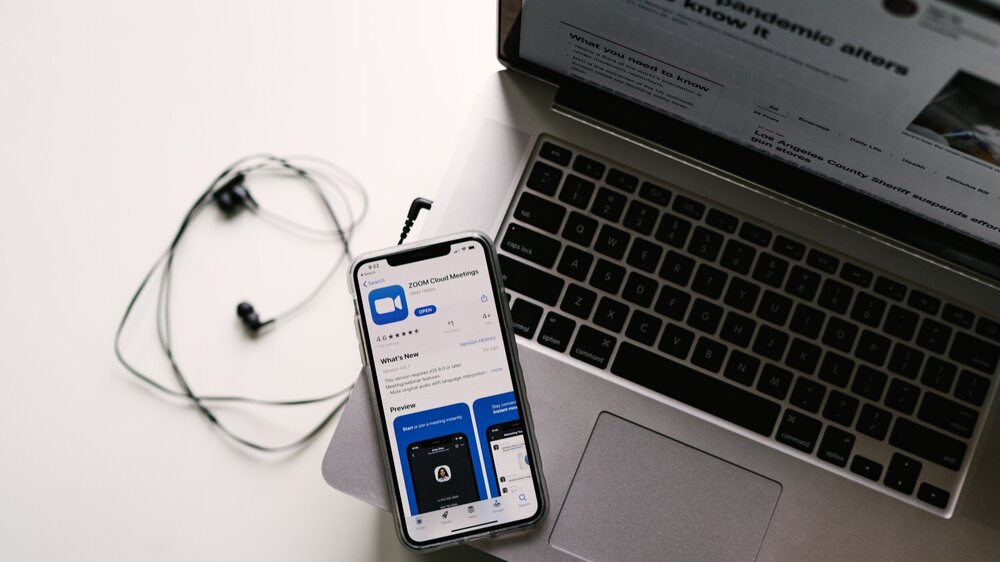Remote work: the “new normal”
It wasn’t long ago that working remotely was viewed as a novel concept.
But with globalisation in full flow and, more recently, the COVID-19 pandemic, businesses and individuals are no longer being bound by physical location when it comes to work.
Who works in the gig economy? What classifies a ‘gig worker’?
What is meant by the ‘gig economy’? According to the Cambridge Dictionary, it’s:
“A way of working that is based on people having temporary jobs or doing separate pieces of work, each paid separately, rather than working for an employer”.
The Merriam-Webster dictionary defines the gig economy as:
“Economic activity that involves the use of temporary or freelance workers to perform jobs typically in the service sector”.
We use “gig economy” to mean a job market characterised by freelance work and short-term contracts, (as opposed to a traditional job market characterised by permanent work and long-term contracts that adhere to set working days and hours). A gig worker is anyone engaged within this ‘self-employed’ segment of the workforce.
This can range from a ‘deskless’ independent contractor like a courier, to an online platform worker like a massage therapist, or a "desk-bound" contract firm worker like a video producer or copywriter. 
It’s a fact that more and more knowledge-based workers are moving into self-employment. By the fourth quarter of 2019, there were more than 5 million freelancers in the U.K, a 56% increase from the 3.2 million self-employed in 2000. In the U.S., nearly 30% - or 44 million - of workers were self-employed at some point in 2019. Globally, the deskless workforce is comprised of a staggering 2.7 billion people.
Why is this happening?
Before 2020, the combination of rapidly evolving technologies (particularly, the emergence of the smartphone) and shifting generational demographics - Millennials and Gen Z joining the workforce - were two key influencing factors behind the transition to remote work.
COVID-19 did not change the trajectory we were on, but merely sped it up. It brought us to the “future of work” - an inevitably dispersed global workforce - quicker.
Tech giants that once prided themselves on their sprawling open-plan offices with on-site gyms, catered gourmet meals and nap pods to sleep in, have forsaken this in favour of a digital workforce. Twitter and Facebook are just two of many companies to introduce permanent work from home measures.
COVID-19, smartphones and millennials aside, another driving factor behind the push to remote work is simply that people, across generations and geographic lines, value the flexibility remote work affords - companies who offer flexibility experience 12% less employee turnover.
A remote work set-up is also advantageous to both employee and employer from a financial standpoint. Employees are liberated to work whenever and from wherever they want. As employees are no longer spending unnecessary time and money commuting the financial savings are huge - in a survey of 1,004 remote vs. office working employees across the U.S., those who worked remotely saved an average of 8.5 hours and $94.23 by working from home.
Similarly, employers stand to gain financially from favouring remote work too, saving an average of $11,000 per employee, per year which translates to 21% higher profitability. So much so that some companies - like our clients, Uber, Deliveroo and Airbnb - have built their entire business model around the flexibility of the deskless workforce.
The pitfalls of a dispersed workforce
Of course, having a deskless workforce doesn’t come without its challenges. How do you reach and engage with dispersed workers in a meaningful way?

The technology to enable remote work is readily available - high speed internet, video conferencing softwares like Zoom, messengers like Slack - but how do you ensure that your workforce is motivated, engaged and upskilled to a sufficient degree? How do you make sure your people feel empowered to carry out their role to the best of their ability?
One risk of remote work is that employees lose the sense of cohesion and community that comes with working in a conventional office. One of remote workers’ greatest concerns is that they’ll be deprived of the off-the-cuff spontaneity and creativity that arises from in-person human interaction.
They worry they will miss out on those ‘water-cooler’ moments, where they can bounce ideas off their co-workers in real-time, seek guidance and engage in peer-to-peer learning. After all, lonely workers think about quitting their job twice as often, are twice as likely to miss work due to illness, are less engaged and less productive.
So how do you replicate that organic human interaction, exchange of knowledge and feeling of working towards a unified vision, when employees are remote?
What’s clear is that companies need to move beyond traditional methods used to share information and train employees, like email or a dated, clunky, learning management system only accessible via a desktop computer.
Replicating the human touch, digitally
Modern problems need modern solutions. EduMe trains, informs and engages companies’ workforces seamlessly and effectively, regardless of where they are. We do so via a remote mobile-first training tool. And our solution has been optimised to meet learners’ changed learning expectations and needs, which have evolved alongside - and reflect - the proliferation of smartphones.
As of 2020, there are 3.5 billion smartphone users, up 1 billion from 2.5 just 4 years ago in 2016. Because of the proliferation of these devices, peoples’ preferred way of learning has been shaped by their user experience on apps they frequent in their leisure time.
The more companies meet people where they are (smartphones) and in a way that replicates features popularised by platforms like Instagram and Facebook (short-form videos, scrolling newsfeeds for information, swiping left and right), the easier they will find it to inform, train and engage their people.
To be effective for our newly remote world, training needs to move beyond static, ‘learning management system’ style desktop delivery, and bring accessibility to the fore by being available on multiple devices. The flexibility of modern learning tools must reflect the flexibility - and needs - of modern workforces.
-
Related: What is Microlearning?
It is important that companies adapt to this ‘anytime, anywhere’ (or, on-demand) style of learning, where users can access relevant information instantly at their point of need, and fit training around their own schedules. Employee time is at a premium - the average employee has just 4 minutes a day to dedicate to learning new things.
By embracing mobile training, companies can send freelancers, employees or clients bite-sized modules, instead of bombarding them with lengthy courses that are not relevant to the immediate need they’re looking to address.
Mobile features a number of capabilities that can aid and improve the learning experience, such as enabling the delivery of training via highly engaging mediums, like short-form video. Did you know our brain processes visual information in 250 milliseconds and video activates over 50% of our brain?
Learn how to create the perfect training videos
This is more optimal for the modern learner than traditional in-person workshops, that are time-consuming, costly and do not promote knowledge retention. Given that the average attention span is just 8 seconds, a day-long workshop is not an environment in which your people can thrive.
Instead, you’ll need to deliver concise online courses that are available to access on-demand via a digital library.
Training that’s best adapted for our new, remote, normal must address not only practicality, but effective communication. A sense of community is essential to inspiring loyalty, reducing churn and the general smooth-running of a dispersed workforce.
Reduce Churn and Inspire Loyalty: The Ultimate Onboarding Guide for On-Demand
One way of achieving this is via a company newsfeed that leverages different engaging content formats. Think: short text, videos, GIFs, emojis. This helps remote workers stay up-to-date on the business, its products and current campaigns in short, snappy bursts that are ideal for reading on-the-go. Providing a continuous flow of communication instils a sense of alignment and community, both of which are integral for retaining remote workers and achieving Workforce Success.
If you can successfully train, inform and engage your people remotely, the benefits are wide reaching. When remote workers are able to advance their skills in a way that is accessible, enjoyable, engaging as well as replicating the merits of face-to-face interaction, they'll be empowered to perform at their very best.
An empowered, informed workforce is a more motivated, productive, loyal and engaged one.
Ultimately, this inevitable transition to the mobile working economy does not need to be as daunting as it may initially appear. By utilising remote training tools, like EduMe, companies can design effective and engaging ways for workers to learn new skills and stay up-to-date up with relevant company information.
Knowledge empowers employees. And when that knowledge is available when they need it and in a way they enjoy consuming it, you stand to win long-term.
At EduMe, we put business impact at the centre of our approach. We work together with all our clients to link your microlearning initiative to business objectives, so that ROI can be measured. Our approach is described in more detail in this blog post.
If you'd like to see how you can use EduMe's mobile-first remote learning platform to deliver the perfect reboarding training to your employees, contractors, freelancers or clients… 👇





